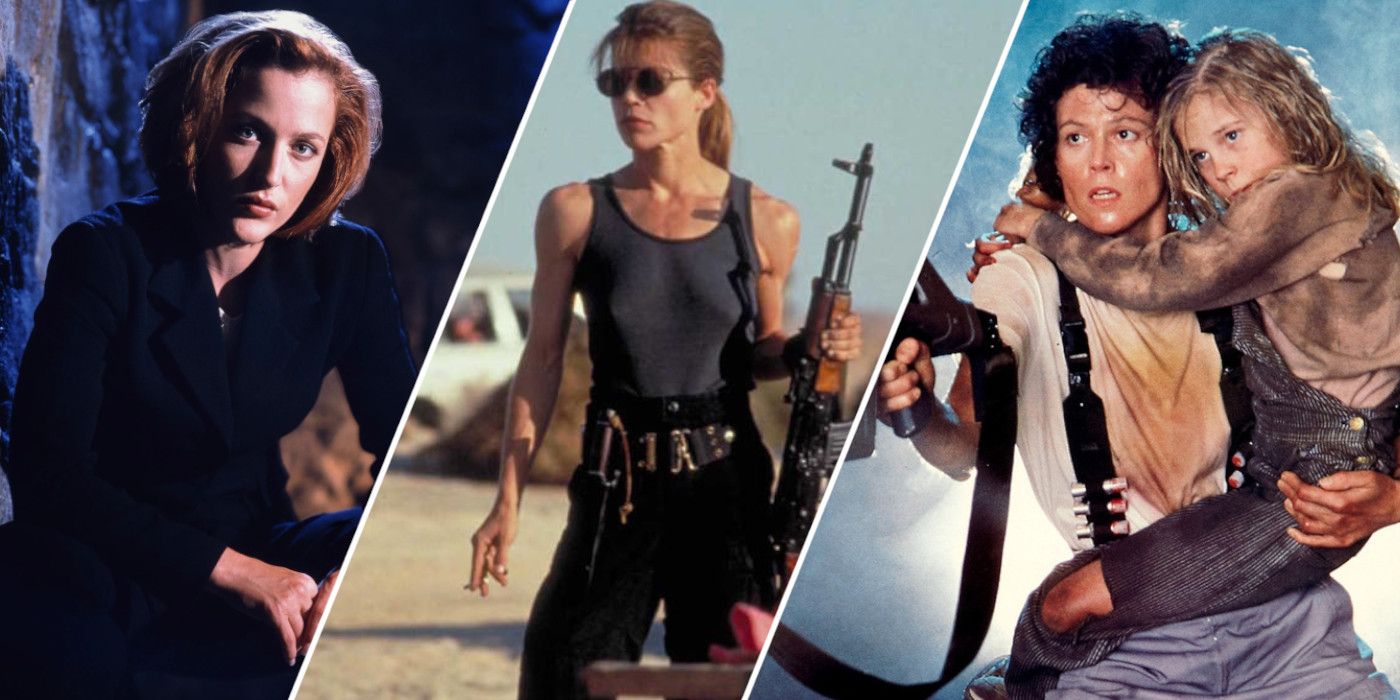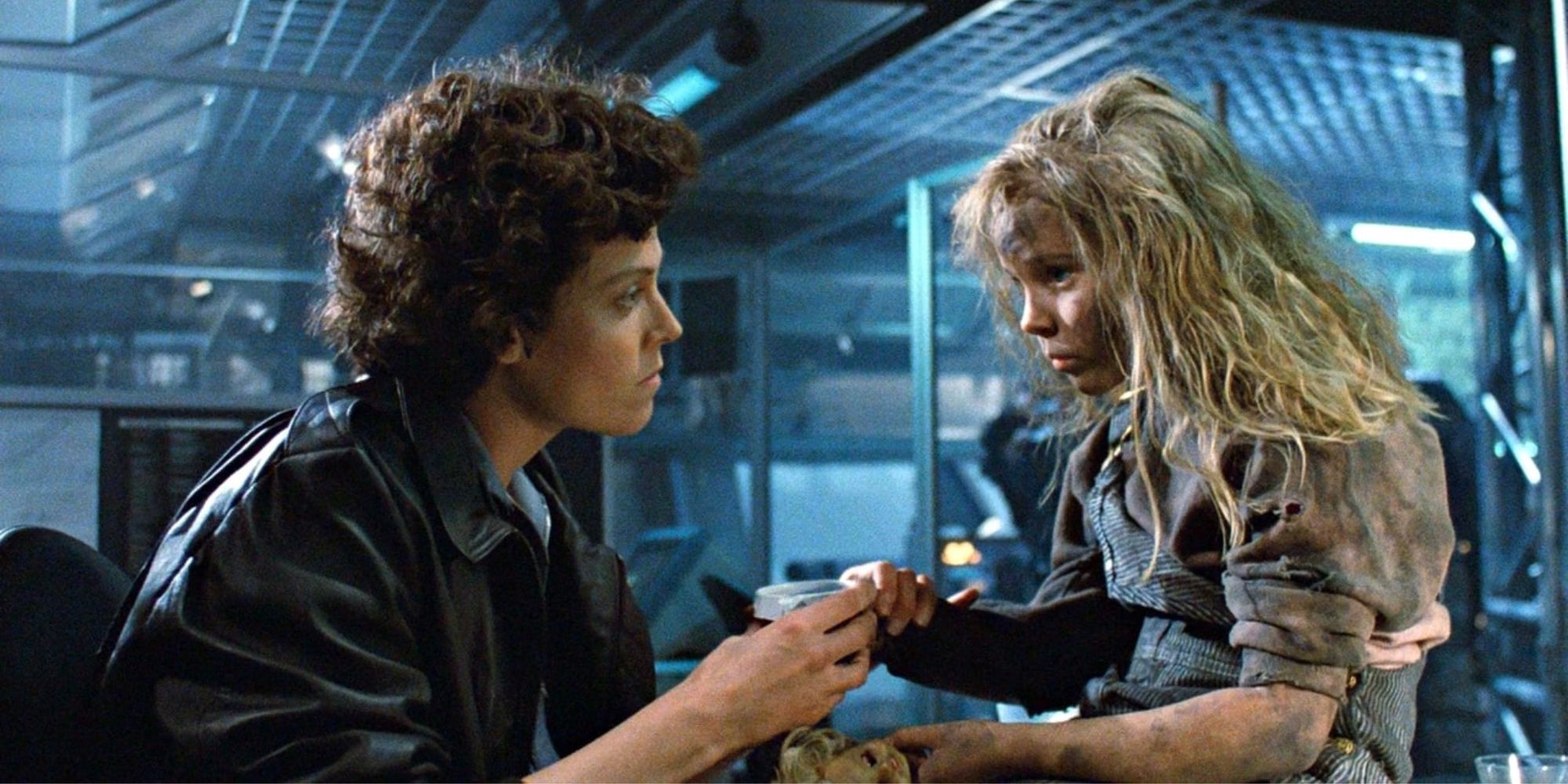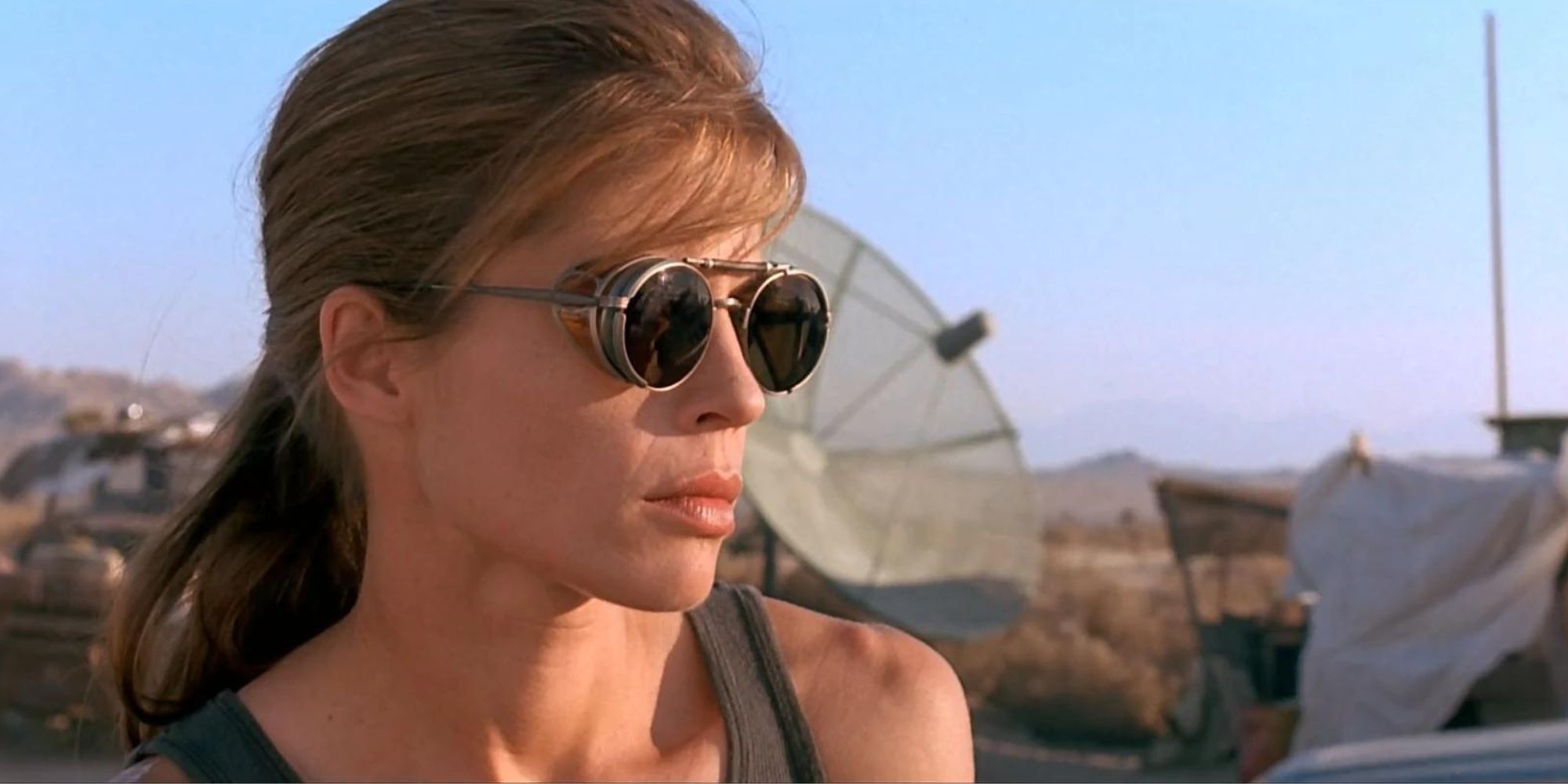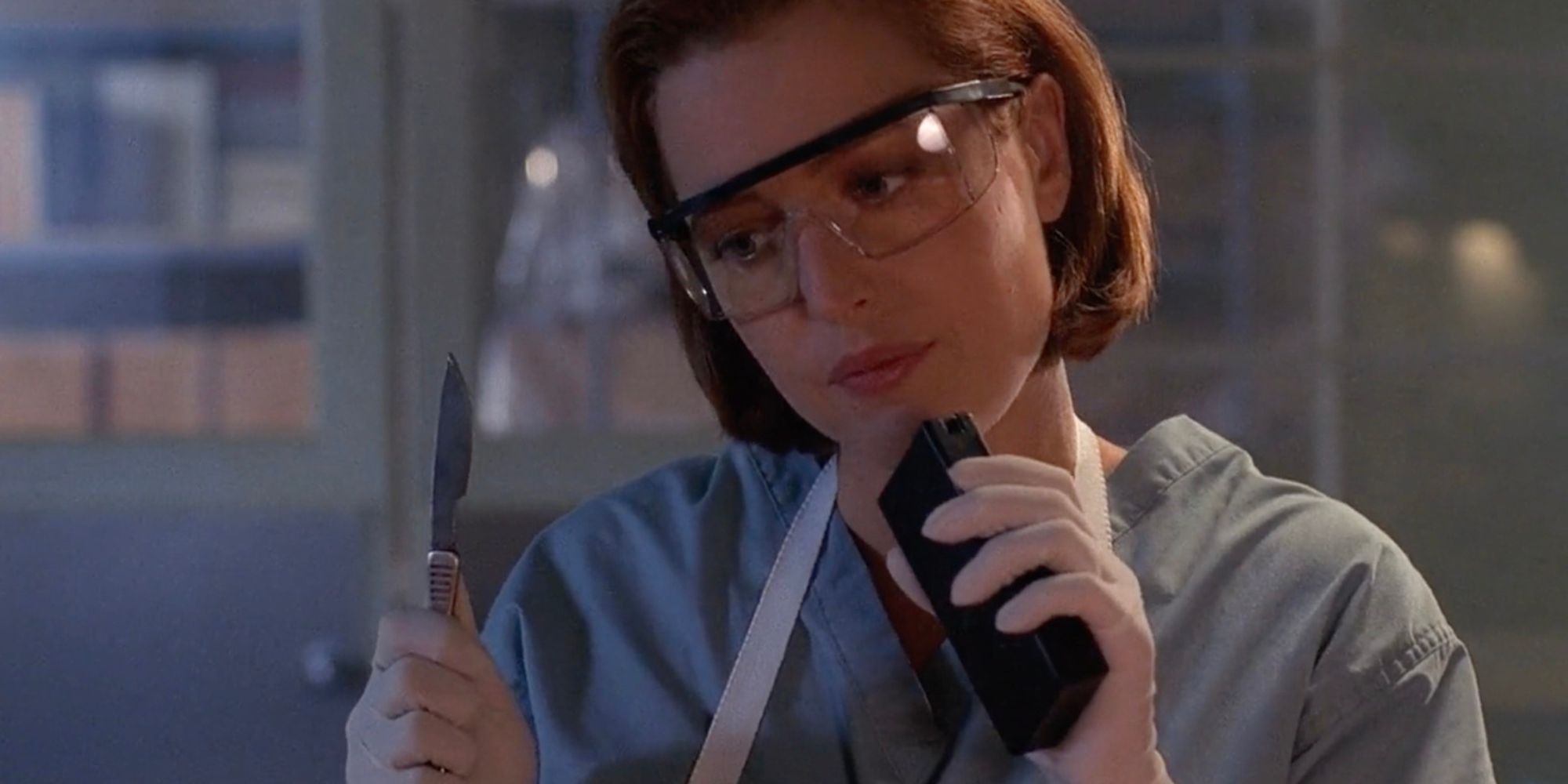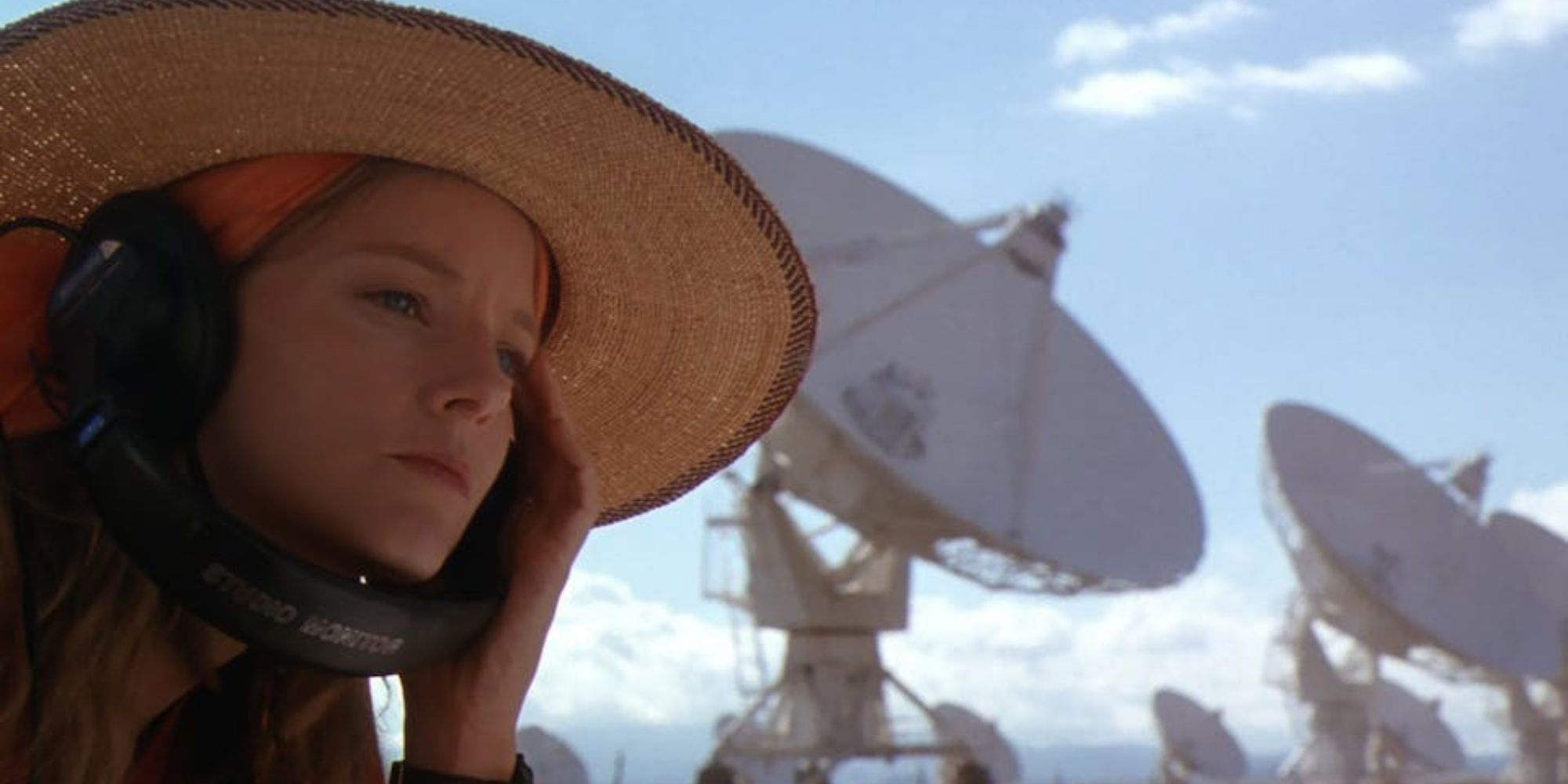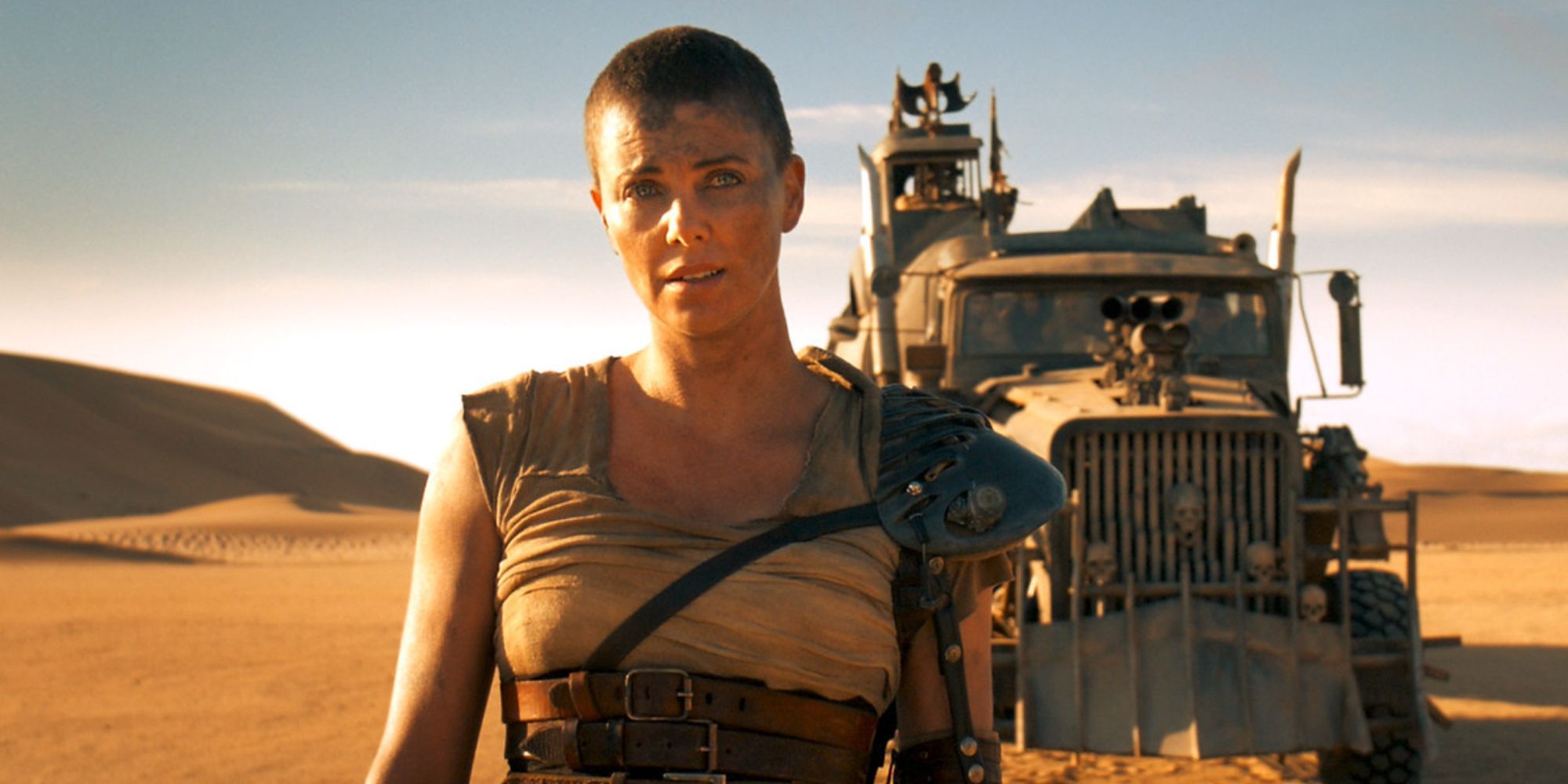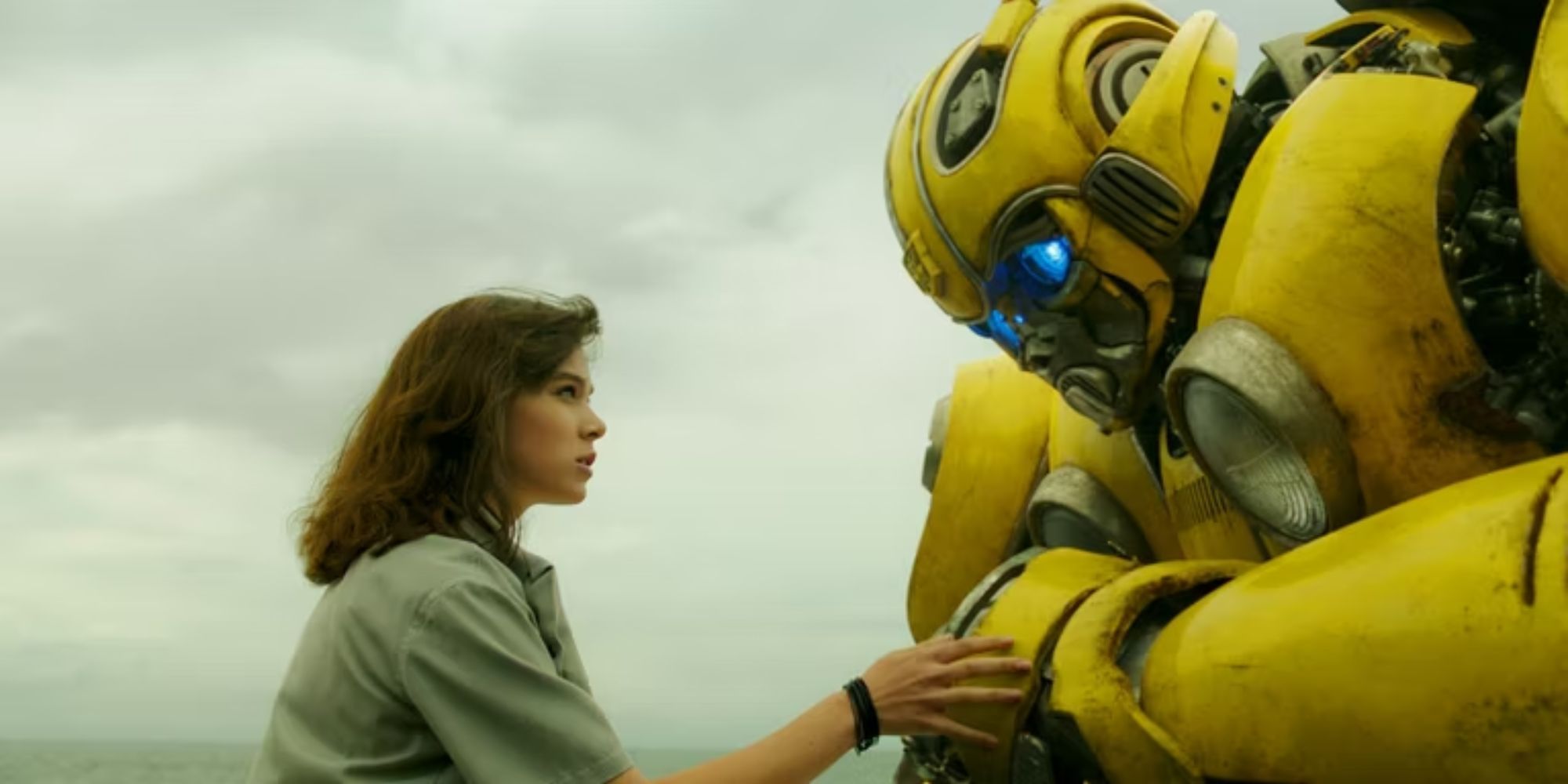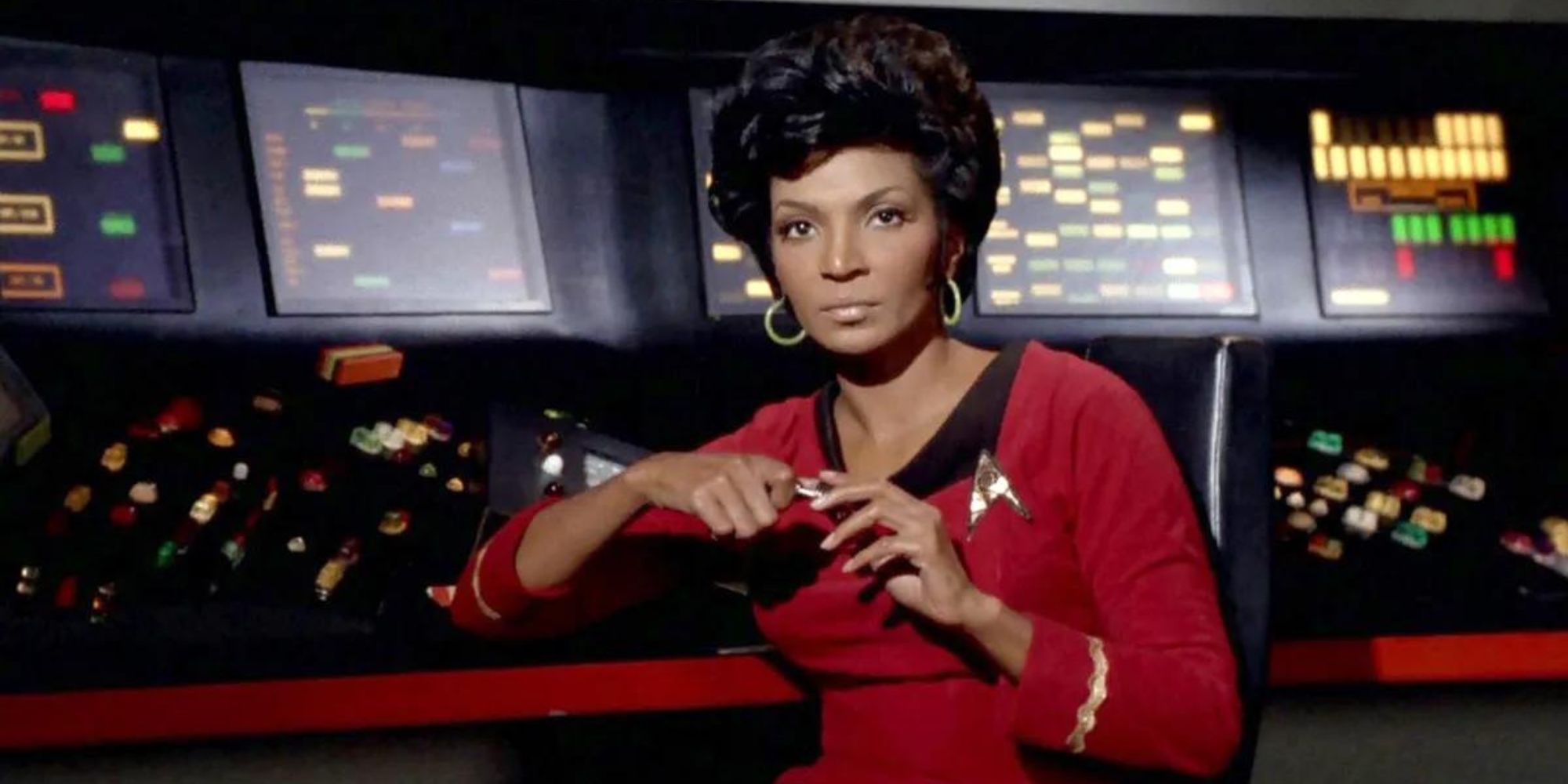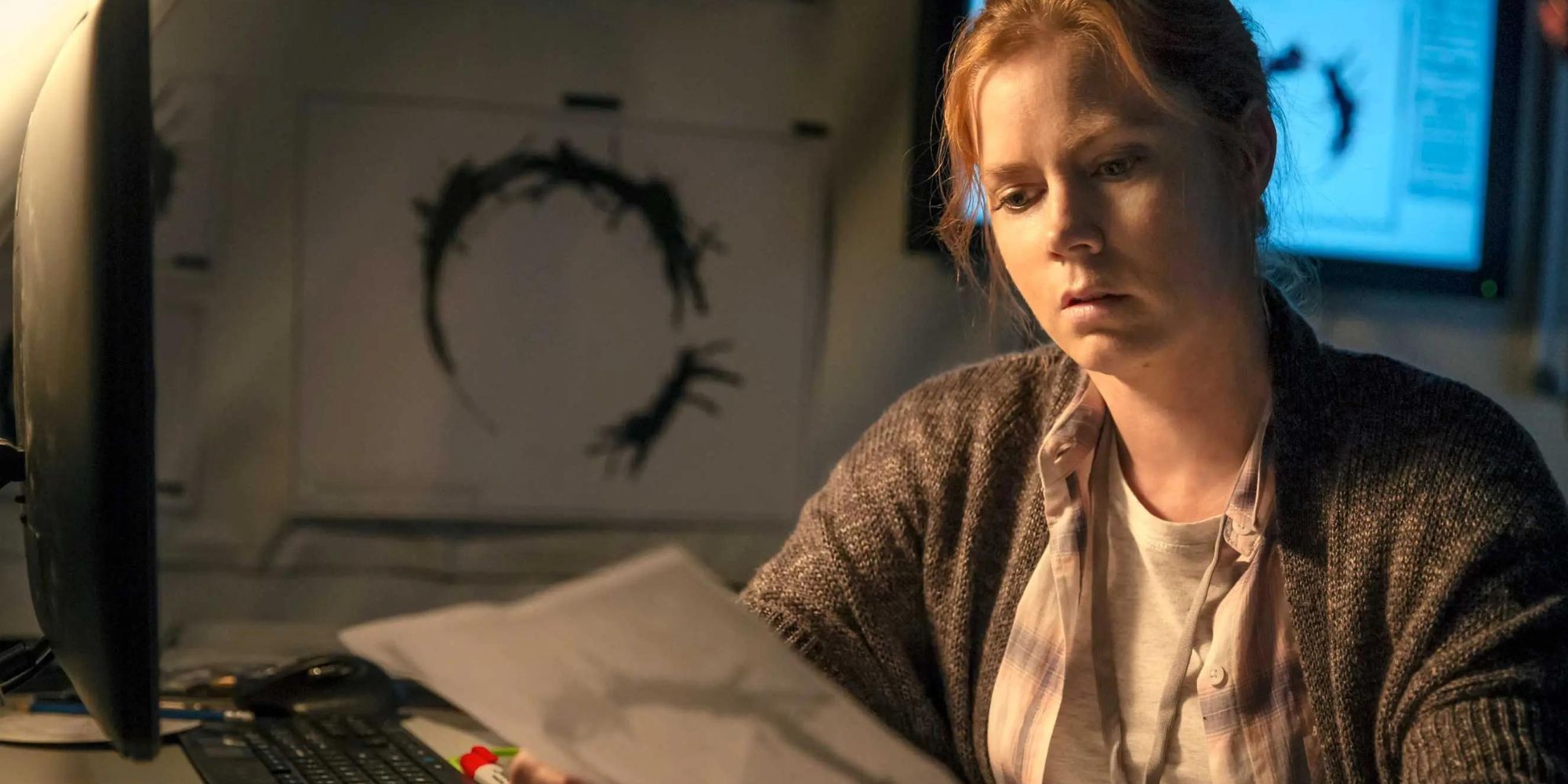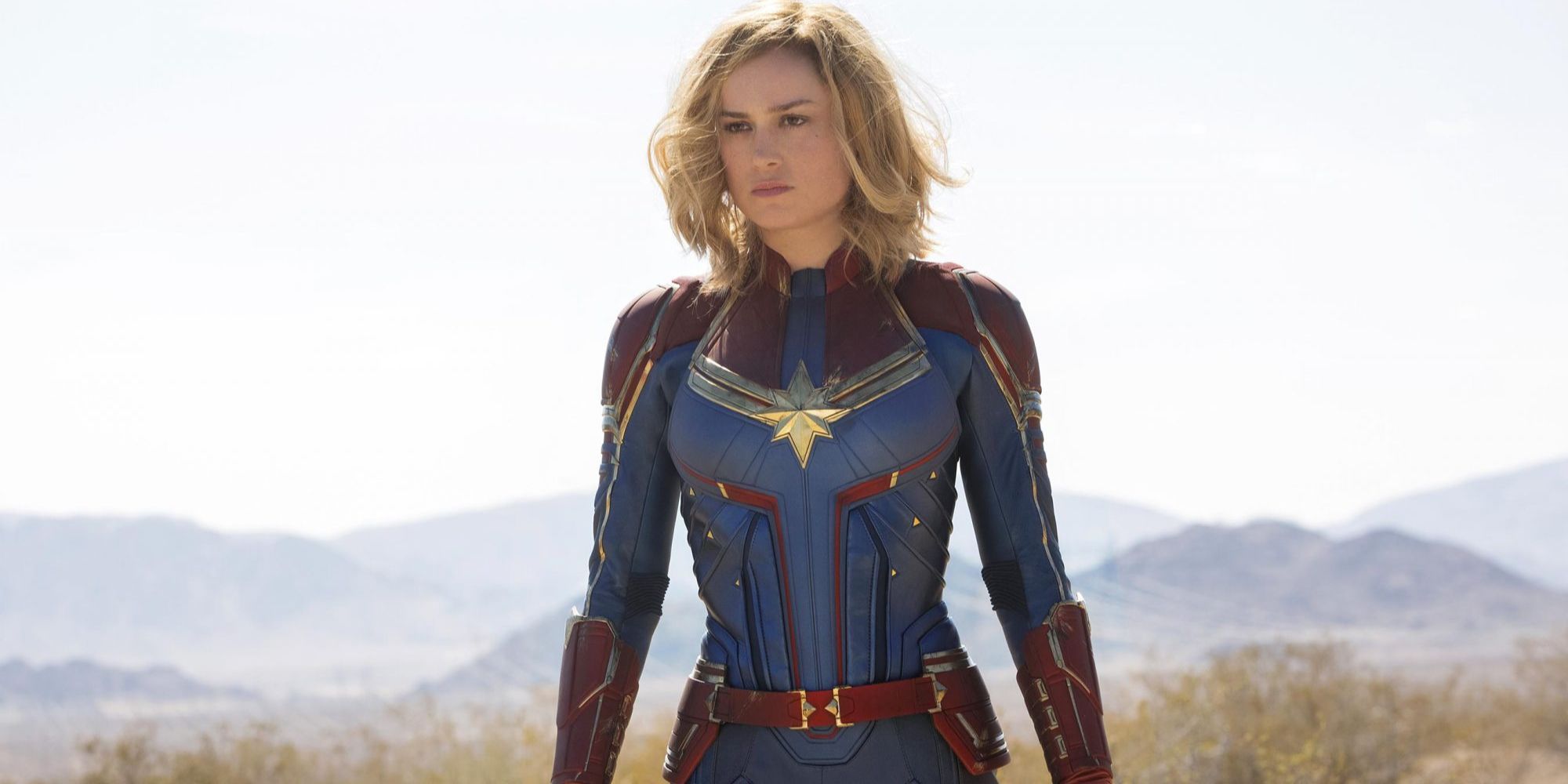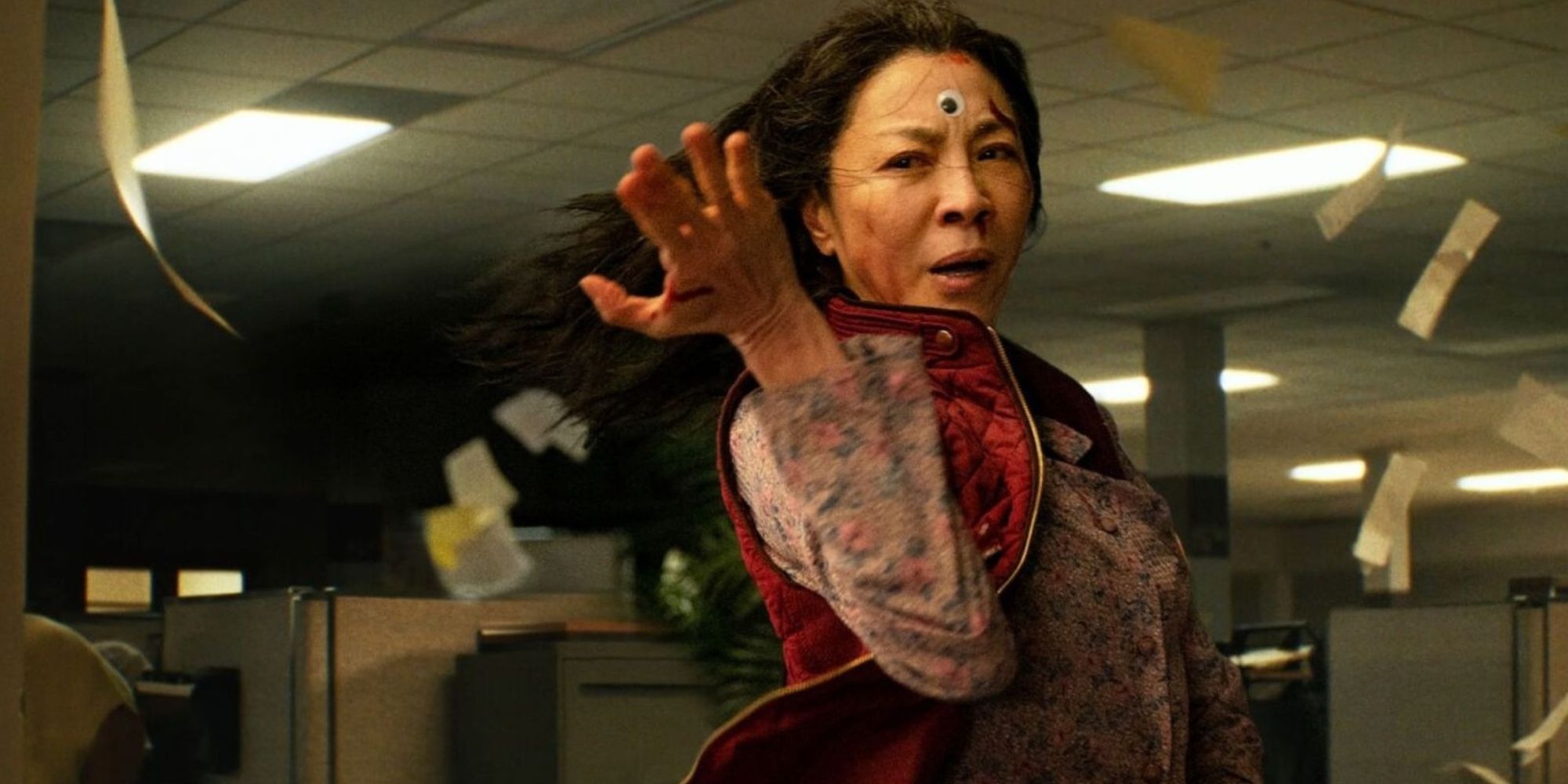Much like the genre itself, the representation of women in science fiction has evolved over time. From once non-existent characters in a male-dominated genre to promiscuous subordinate aliens, reproductive vessels without agency, and devoted mothers and wives - science fiction has had a problematic history in its female representation.
As understandings of gender diversity evolved alongside recognition for good representation spearheaded by increasingly radical feminist movements, the depictions of female characters in science fiction drastically evolved. As a genre that constantly looks towards the future, these representations of women in science fiction point towards an optimistic future of empowered women.
Ellen Ripley — ‘Alien’ (1979)
First appearing in Ridley Scott’s 1979 sci-fi horror film Alien, Ellen Ripley (Sigourney Weaver) is an action heroine who was originally written in the script as a unisex role. Through this gender-blind casting, the story of Alien was unhindered by characters written with a gender bias, disrupting the binary and enabling radical representation unconfined by gender tropes.
With her logical thinking, skillful resourcefulness, and resilience, Ripley was an action heroine that not only challenged the gender roles typically found in science fiction but also confronted many gendered horror tropes. Ripley is empowering not just in her androgyny, but upon becoming a mother in the sequel Aliens, Ripley proved she can show care and compassion just as much as she can kick alien butt.
Sarah Connor — ‘Terminator 2: Judgment Day’ (1991)
When first introduced in James Cameron’s 1984 film The Terminator, Sarah Connor (Linda Hamilton) was a waitress destined to give birth to John Connor — humanity’s last hope in a future overrun by artificial intelligence. Initially relying on Kyle Reese (Michael Biehn) for her protection, after his death, Sarah takes it upon herself to develop her own skills and abilities.
So when we next see Sarah in Terminator 2: Judgment Day, she glistens in sweat as she uses her bed to do pull-ups in her prison hospital cell. A stark contrast to her character in the first film, Sarah’s development into a hardened soldier champions the strength and adaptability of women — emphasizing not only what they can do for their survival but the lengths they’re willing to go to ensure the safety of their children.
Dana Scully — ‘The X Files’ (1993-2018)
Not all displays of strength have to be physical machismo. When The X Files first aired in 1993, Dana Scully (Gillian Anderson) represented a new face of female characters — she was an intelligent, strong-minded, and capable character whose abilities were appreciated by her co-workers.
The impact of the depiction of an analytical female character like Scully on screen influenced “the Scully Effect” — the real-world increase of girls and women drawn to careers in STEM that coincided with The X Files. Scully’s legacy is empowering in her iconic pop culture status and her character’s ability to influence real-world change as a role model.
Dr. Ellie — ‘Contact’ (1997)
Based on the book by Carl Sagan, Contact follows Dr. Ellie Arroway (Jodie Foster), a radio astronomer who works deciphering an alien language transmitted through radio signals. She is headstrong and analytical, guided by her beliefs in scientific evidence.
Ellie was an empowering depiction of women for the time, as she was neither male-dependent, male-focused, nor male-validated. Her resilience and determination solidified her as an empowering character capable of standing her ground.
Furiosa — ‘Mad Max: Fury Road’ (2015)
George Miller’s 2015 film Mad Max: Fury Road is the fourth installment in the Mad Max franchise that began in 1979. Fury Road introduced audiences to Imperator Furiosa (Charlize Theron) — a female road warrior holding onto the small amount of hope that remains after enduring a traumatic childhood and life in service of a tyrant.
Furiosa is empowering not just in her ability to overcome oppression but in her ability to use her strength to liberate those unable to fight for themselves. Although she isn’t the titular character, she is by far the most unforgettable from the film and will be seen leading the prequel spin-off Furiosa expected to release in 2024.
Charlie — ‘Bumblebee’ (2018)
When Transformers was released in 2007, Michael Bay’s direction was criticized for channeling the male gaze through its gratuitous shots of Megan Fox’s body. So, Travis Knight’s 2018 film Bumblebee was a refreshing installment in the historically male-dominated Transformers franchise in choosing to follow the young female protagonist Charlie (Hailee Steinfeld).
Female characters are often relegated to an easily defined role — like the “smart one” or the “emotional one,” but Charlie emphasizes the multi-faceted qualities behind every human — she’s athletic, resourceful, intelligent, emotional, and more. Her character is an empowering and realistic depiction of a female character unable to be reduced to a single trait.
Uhura – ‘Star Trek: The Original Series’ (1966-1969)
First airing in 1966, Star Trek: The Original Series was a science fiction show ahead of its time, not just for its intergalactic voyages but for its diverse representation. The crew included the Russian navigator Chekov (Walter Koenig), the Japanese helmsman Sulu (George Takei), and the Black female communications officer Uhura (Nichelle Nichols).
At a time when Black female characters were often reduced to the role of “mammy," Nichols’ role made history as Uhura became one of the first Black characters in a non-menial role on screen. The kiss shared between Uhura and Captain Kirk (William Shatner) in the 1968 episode “Plato’s Stepchildren” also marked one of the first interracial kisses on US television. In defying racial boundaries in a conservative era, Uhura’s enduring legacy stands as going where no Black female character had gone before.
Dr. Louise Banks — ‘Arrival’ (2016)
Denis Villeneuve’s 2016 sci-fi drama Arrival follows Dr. Louise Banks (Amy Adams) — a skilled linguist recruited by the US Army to decode the language spoken by an alien species that has landed on Earth.
Throughout the film, Louise is equally defined by her motherhood as she is by her scientific communication skills. This duality of her character emphasizes an underrepresented strength in female characters — the ability to be logical and emotional without sacrificing one for the other.
Carol Danvers - ‘Captain Marvel’ (2019)
In the first female-led movie from the Marvel Cinematic Universe, Captain Marvel introduced audiences to Carol Danvers (Brie Larson). The film follows Carol as she pieces together the history of her previous life on Earth before she became a Kree soldier.
On Earth, Carol was a US Air Force fighter pilot who surrounded herself with a supportive group of friends like Maria Rambeau (Lashana Lynch). After joining the Kree, she was taught to forgo her “flawed” and emotional human half to harness her full powers as a stoic Kree soldier. What makes Carol so empowering, however, is how she instead finds a balance between power and emotion so that she is not hindered but empowered by her emotions.
Evelyn — ‘Everything Everywhere All at Once’ (2022)
Sci-fi heroes are often depicted as otherworldly beings with immeasurable powers, which is why Evelyn (Michelle Yeoh) from the Daniels’ Academy award-winning film Everything Everywhere All at Once offers a refreshing take on powerful sci-fi characters as an empowering everyday female character.
As a Chinese-American immigrant who runs a laundromat with her husband, has a complicated relationship with her daughter, and is being audited by the IRS, Evelyn is an unlikely hero of science fiction. It’s through her ordinariness that Evelyn becomes such an empowering and relatable character. As she learns to channel the power of her extraordinary multiverse selves to protect her own universe, Everything Everywhere All at Once portrays an understanding that empowering female characters, like all well-written characters, are intersectional in their identities. Through this intersection of relatable identities, these female characters aren't just powerful, but beyond the screen are empowering.

